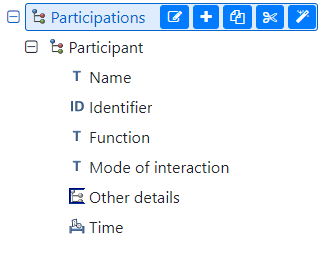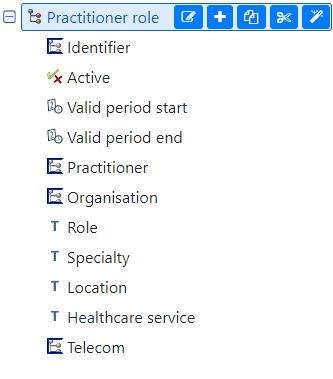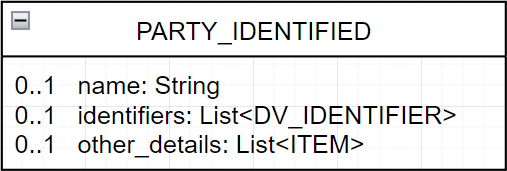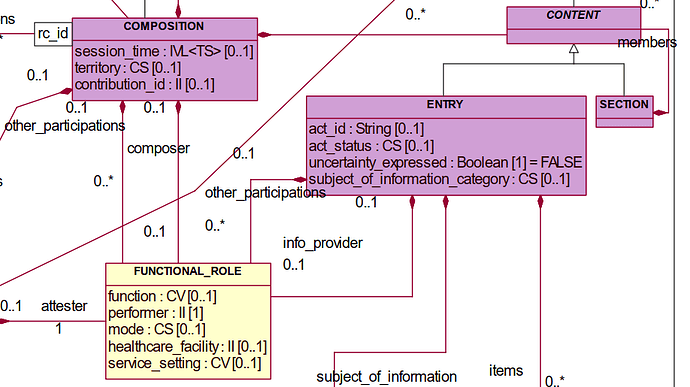Can we perhaps use this thread to work up a ‘consensus’ clinical view on the changes we would like to see in the RM to try to make this kind of issue easier to handle?
My attempt at a wee summary of the problem…
The core issue is not really with Participations, it is that by design, the RM tries to keep any kind of detailed demographic details outside the CDR.
The key attribute in Participations which handles the ‘demographic details’ is performer which is a PARTY_PROXY, normally sub-classed to a PARTY_IDENTIFIED.
PARTY_IDENTIFIED, which is also used for e.g Composer allows us to carry a name, multiple external identifiers, and an internal identifier but nothing else.
The argument has been that the CDR should never be the source of truth for more detailed professional demographics, which does make a lot of sense. PARTY_IDENTIFIED relaxes this rule a little to allow the professional’s name and ids to be copied into the CDR, to allow a little local sense-making i.e you can see the person’s name and identifier without having to track back into the formal demographics record via some kind of internal identifier.
The problem we see repeatedly is that local practice often requires more information to be immediately available in the CDR, typically at least a role or contact number, even if these are actually originally maintained in a separate demographics store.
This was the case in the Welsh example above. Local Welsh NHS rules say that the practitioner’s role and speciality MUST be stored in the CDR for each participations or composer record, as these may be specific to each encounter, where a practitioner has multiple roles. even though this information is actually primarily maintained in a Welsh practitioner database,
A different use case is where we are often asked to carry some more detailed information associated e.g with a lab report - the name of the lab scientist and tel. contact details.
In this kind of integration scenario, we have no ability to reference back to the Lab information system list of practitioners, if that even exists.
This is why, while I certainly don’t disagree with the principle that practitioner demographics should be handled outside the CDR, in reality we are forced to compromise for many good reasons which is why we see these CDR demographics archetypes being used.
This has a particular impact on Participations because the structure becomes completely unusable since we cannot extend it to carry these extra fields, so we end up in some fashion recreating it in a different part of the data tree.
I think there are 2 potential solutions
-
Extend PARTY_IDENTIFIED to add at least role and ‘speciality’ attributes. This alone would fix quite a few of the gaps in Participations and other places that PARTY_IDENTIFIED is used e.g. composer.
-
In addition, strongly consider adding an’ other_details’ slot to PARTY_IDENTIFIED to allow CLUSTER demographics archetypes to be plugged in. This would allow modellers to add any need demographic details to the correct part of the data tree, rather, as we are right now, having to add cluster archetypes to context or Extensions.
I would argue for both - the reality is that we cannot prevent aspects ‘practitioner demographics’ sometimes leaking into the CDR. Right now we are all approaching this in a slightly inconsistent way, Some small changes to the RM would let us regularise to some degree, and actually promote good practice.





